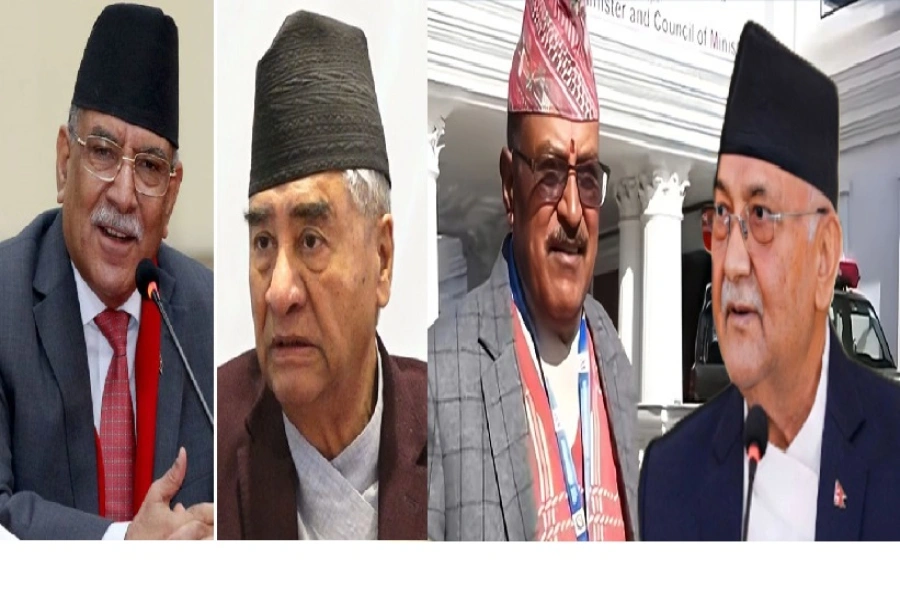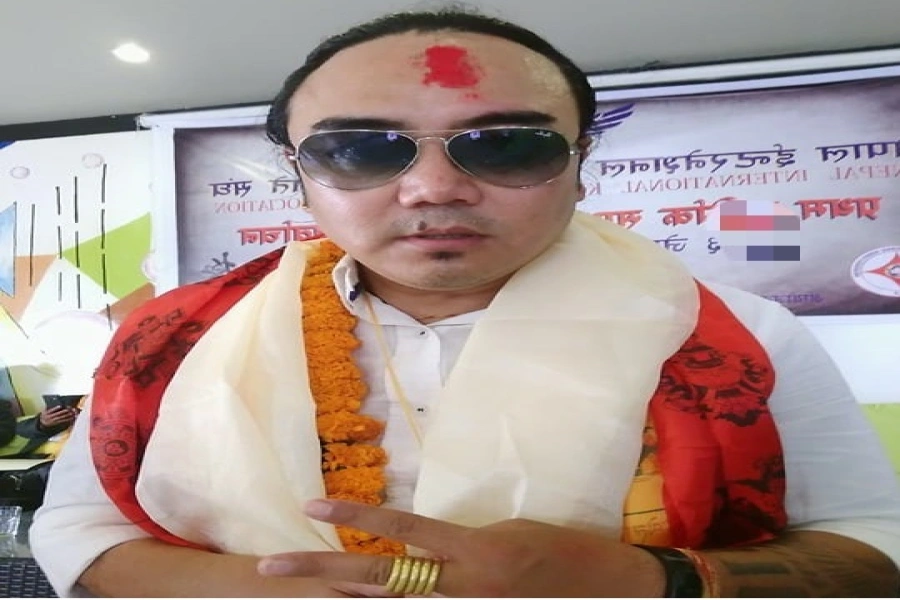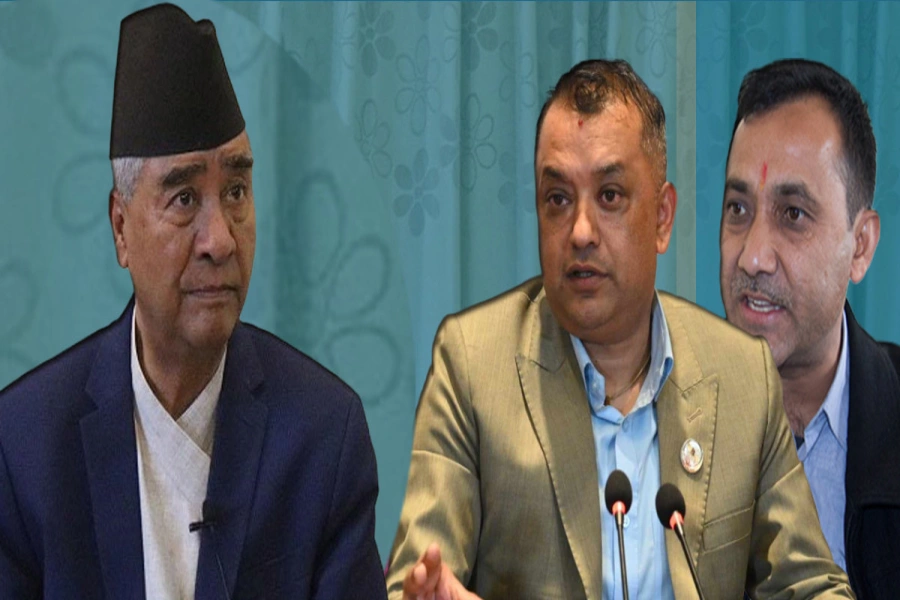Potholes and dusts have almost become one of the defining attributes of the Kathmandu Valley. When it rains these potholes get filled with water, which when the vehicles ram upon, splash around nearby pedestrians and bikers. Kathmandu’s potholes have proven to be death traps too.
In June 2017, a child died after being swept away by sewerage drain in Nepaltar, while another child was also swept some meters away by drainage water in Samakhushi. Directives have been issued by as high an official as the prime minister to fix them on time. Back in 2017, then Prime Minister Sher Bahadur Deuba promised to get all potholes smoothened within 15 days.
This never happened. Several other ministers, including those from the K P Sharma Oli’s government, have made similar promises, multiple times. But potholes stare at the pedestrians and the riders alike. Pedestrians have to negotiate their way while walking, for the fear of falling down and being injured. Why cannot the government authorities fix these seemingly petty problems? Why cannot Kathmandu be made pothole-free? Our latest report says cumbersome process and lax bureaucracy are to be blamed for this.
I grew up with holes in my shoes: Jennifer Lopez

At least 10 different steps have to be followed for a pothole to be patched up. And each step has to be approved by various individuals and departments in the municipal bureaucracy. Here is how it goes. If a pothole lies on the road less than eight meters wide, the metropolitan city has to take care of it. But if the road is more than eight meters wide the Department of Roads has to step in. First, someone has to inform the authorities about the pothole. Then the locals or ward members submit an application for repairs.
Alternatively, the city’s Physical Construction Department observes the potholes during regular field visits. The field report has to be verified followed by an inspection by engineers or sub-engineers who then prepare another report. Then the project estimate, including the budget estimate, is carried out. Then a petty contractor is lined up. A report is also prepared by engineers for submission to the mayor, who has to give the approval. After his approval, the contractor is put on the job. All this takes as many as 15 days. This is why it takes as many as 15 days to repair a single pothole. Sadly, such is the trend in every infrastructure development work—large or small—in Nepal.
This is the ignominious trend which must be broken, if we are to keep the valley roads in good conditions. We cannot afford to be complacent with the extremely lengthy and frustrating process of road repairs. Department of Roads, Department of Urban Development and Building Construction, Department of Local Infrastructure and Agricultural Roads, Metropolitan City and Kathmandu Upatyaka Khanepani Limited—the authorities responsible for keeping the valley roads up and smooth—must work together to cut the bureaucratic process short and get their resources mobilized for quick repairs.
Business as usual will damage the reputation of Kathmandu, especially when we are bracing up to welcome the visit year 2020 and waiting to welcome Chinese President Xi Jinping who is expected to arrive in Kathmandu in mid-October. If it takes 15 days to repair a pothole, how will Nepal smoothen roads for Visit Nepal 2020?




































